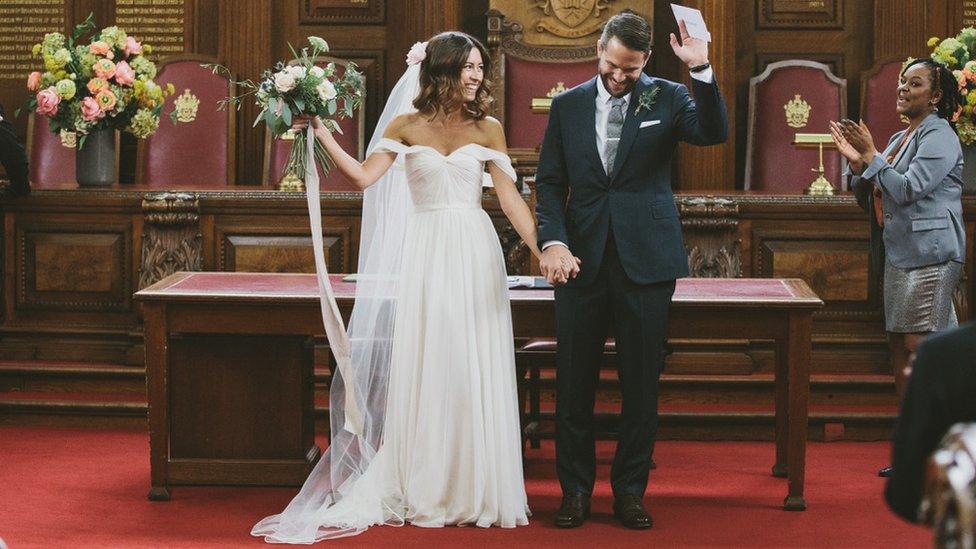Royal wedding 2018: How much do we spend on royal memorabilia?
- Published
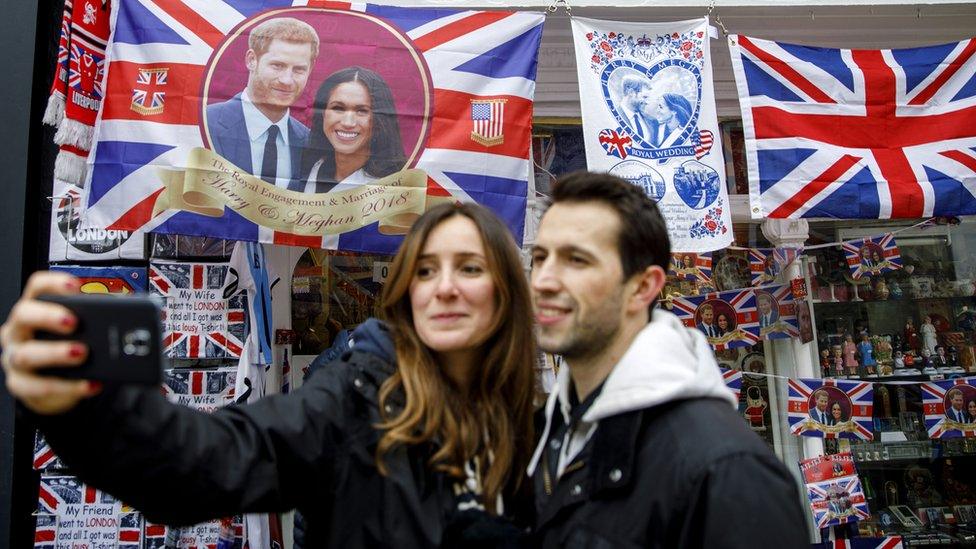
Like many couples tying the knot, Prince Harry and Meghan Markle asked well-wishers to donate to charity, instead of sending gifts.
But, more unusually, everything from mugs and biscuit tins to swimsuits and candles has been made in honour of this couple's big day.
So Reality Check wants to know - how much do we spend on souvenirs for big royal occasions?
The prince and Ms Markle are to marry in Windsor, and visitors from around the world, as well as the UK and US, are expected to travel to the town to wish the couple well. The wedding has already been attracting global attention.
According to the Centre for Retail Research, external, an estimated £30m will be spent on memorabilia (including overseas sales) in the run-up to the royal wedding.
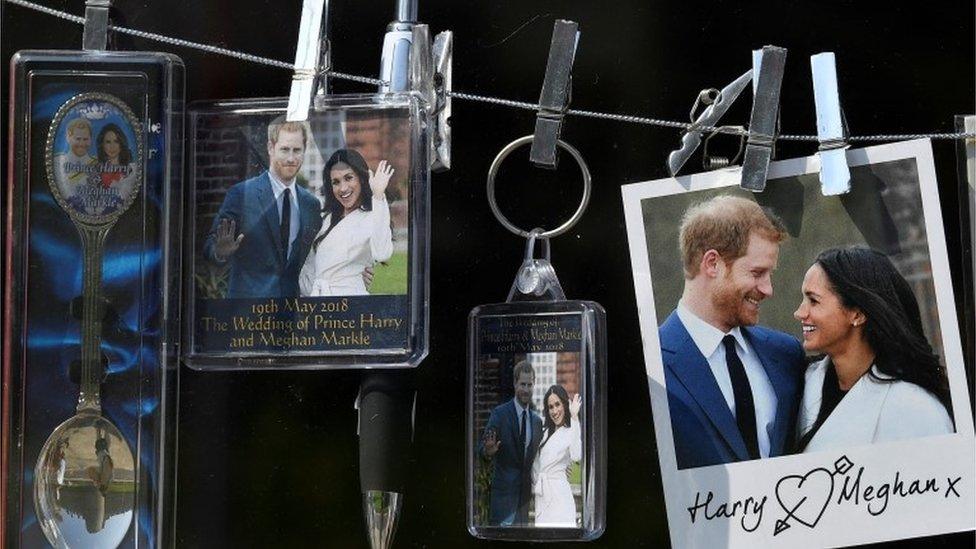
This estimate is based on a survey of 1,200 UK shoppers, with results analysed by retailers and suppliers of memorabilia.
The bride and groom have also approved a range of official merchandise, produced and sold by the Royal Collection Trust.
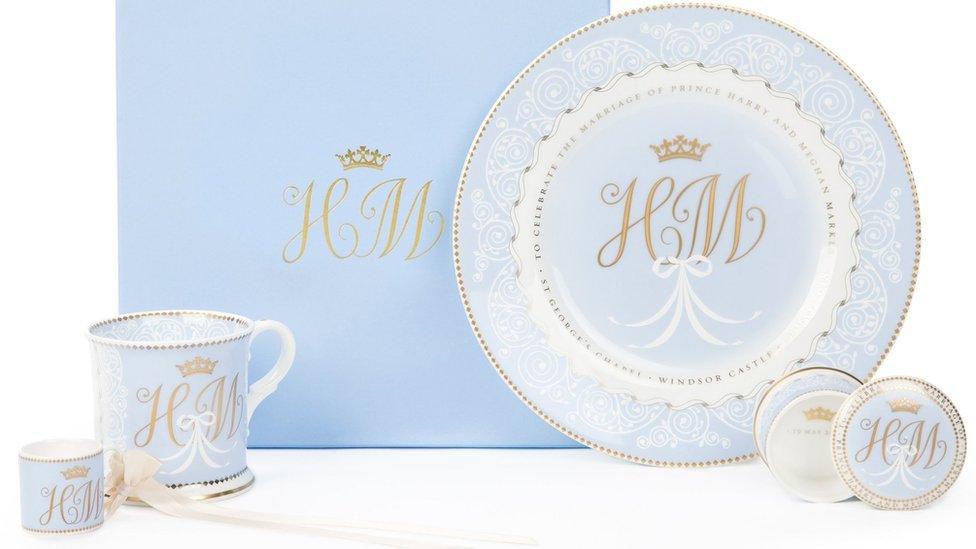
The decorative border on Prince Harry and Meghan Markle's official china is inspired by the ironwork of the Gilebertus door of St George's Chapel, where they will be married.
In spring 2011, when the Duke and Duchess of Cambridge married, more than 190,000 items of wedding-related merchandise were sold, according to the Royal Collection Trust, worth almost £4m.
That was followed by the Queen celebrating her Diamond Jubilee, and by the end of the 2011-12 financial year, the Royal Collection Trust had sold 60,000 items of memorabilia. In both cases, commemorative china - manufactured in Stoke-on-Trent - was the most popular in the collection.
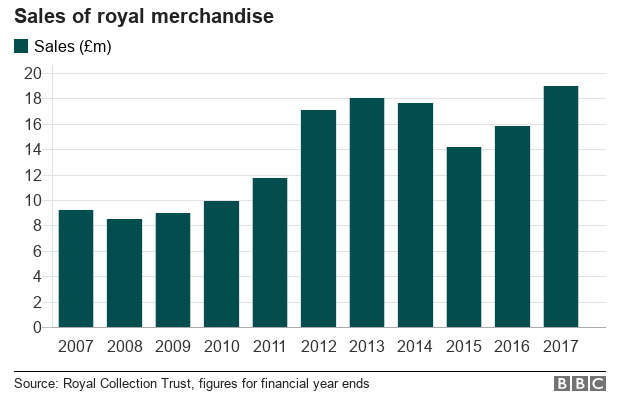
The numbers show that spending on royal merchandise has increased in recent years.
In 2006-07, retail sales were £9.1m, which had more than doubled by 2016-17, when sales were over £19m.
Over that same time period, visitors to the royal properties - including Windsor Castle, Buckingham Palace and Holyrood Palace - grew from 2 million to 2.7 million.
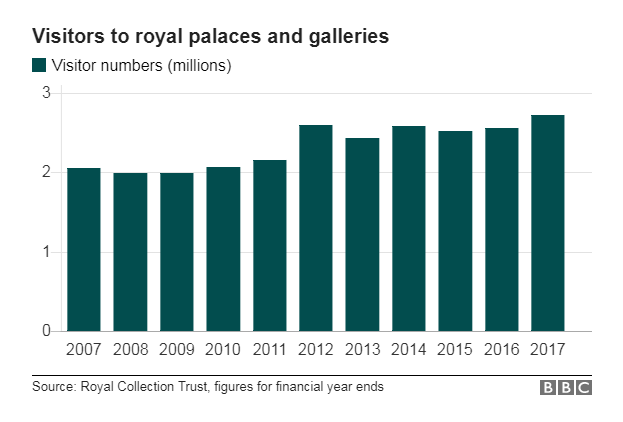
A younger generation of royals has taken centre stage over the past decade, from the wedding of Prince William and Catherine to the birth of three royal babies and the wedding of Prince Harry and Ms Markle.
But experts say that memorabilia is now just that - for the memories. Because it is now mass-produced, the collectables won't be as valuable in the foreseeable future.
"To be valuable, it has to have age or be rare or personal," says Roo Irvine, a BBC antiques expert.
"Each item used to be handmade and hand-painted - it told the story of someone in that time.
"Now, because it's mass-produced, it's more like royal merchandise than memorabilia. People collect it because they have a love for the Royal Family."



- Published15 May 2018
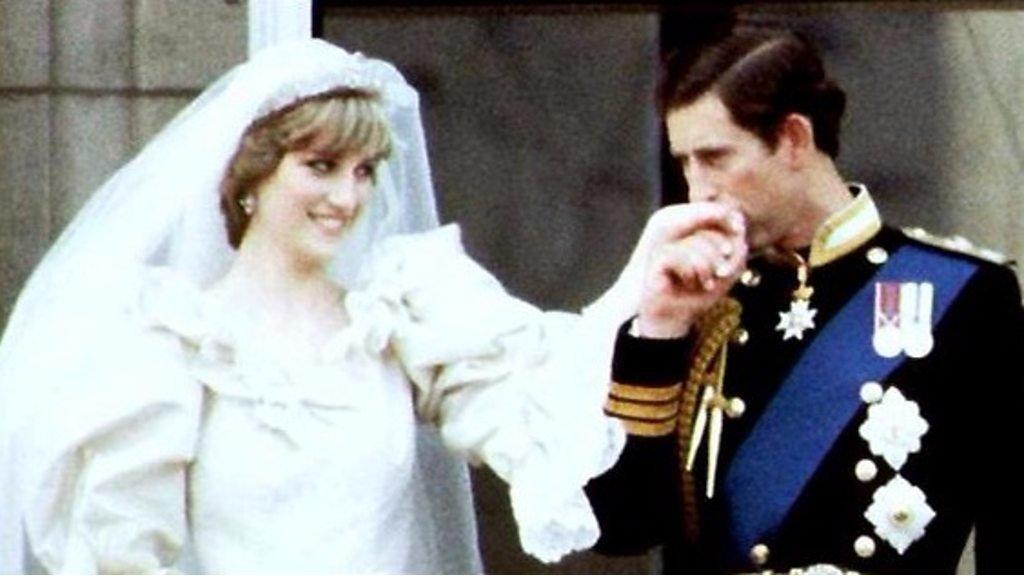
- Published19 May 2018
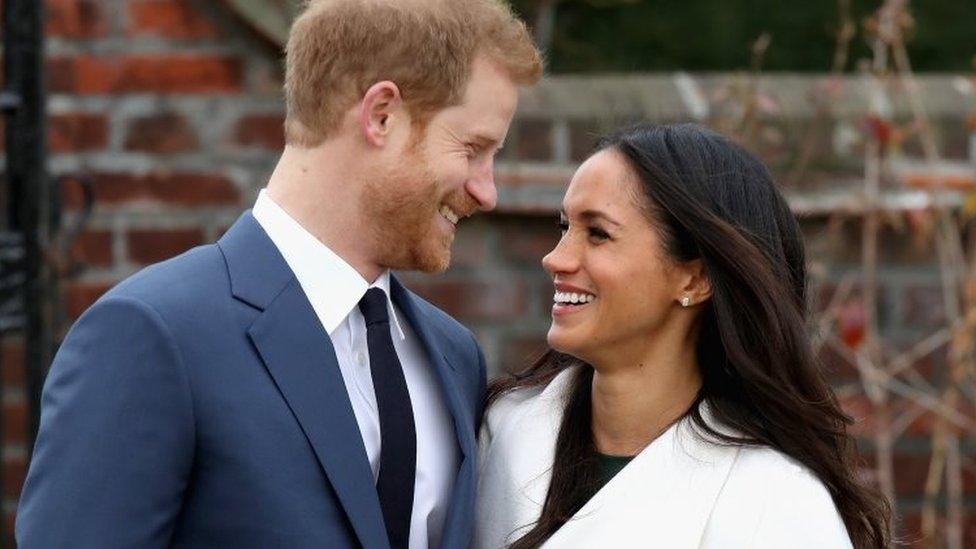
- Published15 May 2018
